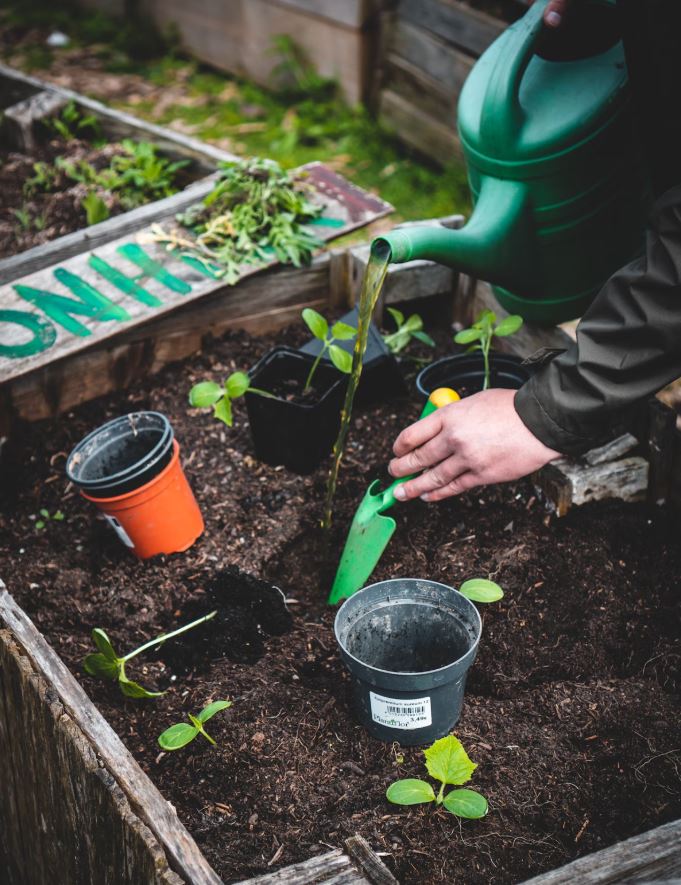Discover the Magic of Underground Gardening
Walipini Gardening: Harnessing Nature's Power
Explore the innovative world of Walipini gardening, where you can cultivate a thriving garden all year round, regardless of the weather outside.
What is Walipini Gardening?
Key Features of Walipini Gardening
Year-Round Growing
Enjoy a continuous harvest by maintaining a stable climate for your plants, regardless of the season.
Energy Efficiency
Reduce your carbon footprint with a gardening method that relies on natural insulation and solar energy.
Water Conservation
Minimize water usage with a system designed to retain moisture and reduce evaporation.
Weather Protection
Shield your plants from harsh weather conditions with the natural barrier of the earth.
Cost-Effective
Lower your gardening expenses by utilizing the earth’s resources for heating and cooling.
Sustainable Practices
Promote eco-friendly gardening with a technique that supports biodiversity and soil health.
Choose the Right Location
Select a site with good drainage and maximum sunlight exposure to ensure your Walipini garden thrives.
Design Your Walipini
Plan the dimensions and depth of your Walipini, considering factors like soil type and climate conditions.
Excavate the Site
Dig out the area according to your design, ensuring the walls are stable and the floor is level.
Install Insulation and Ventilation
Use materials like straw bales for insulation and ensure proper ventilation to regulate temperature and humidity.
Seasonal Maintenance Tips
Optimize Your Walipini Garden
To keep your Walipini garden flourishing year-round, it’s crucial to adapt your maintenance strategies to the changing seasons. In the winter, focus on maximizing light exposure and maintaining warmth by using thermal mass materials. During the summer, ensure adequate shading and ventilation to prevent overheating. Regularly check for pests and diseases, and practice crop rotation to maintain soil health. By staying proactive and attentive, you can enjoy a bountiful harvest regardless of the weather outside.
Additionally, consider integrating a water management system to efficiently use rainwater and reduce reliance on external water sources. Mulching is another effective technique to retain soil moisture and suppress weeds. Keep a gardening journal to track your successes and challenges, allowing you to refine your approach each year. With these practical tips, your Walipini garden will not only survive but thrive, providing fresh produce throughout the seasons.
Walipini Gardening FAQs
Explore answers to common questions about starting and maintaining a successful Walipini garden.
What is a Walipini garden?
A Walipini garden is an underground greenhouse that utilizes the earth’s natural insulation to create a stable growing environment, allowing for year-round cultivation even in colder climates.
How do I control temperature in a Walipini?
Temperature control in a Walipini is achieved through proper insulation, ventilation, and the use of thermal mass materials like water barrels or stone to absorb and release heat as needed.
What crops are best suited for a Walipini?
Root vegetables, leafy greens, and herbs are ideal for Walipini gardening due to their adaptability to varying light and temperature conditions.
How much does it cost to build a Walipini?
The cost of building a Walipini can vary widely based on size, materials, and location, but it typically ranges from a few hundred to several thousand dollars.
Can I use a Walipini in any climate?
While Walipinis are particularly beneficial in colder climates, they can be adapted for use in a variety of environments by adjusting design elements like ventilation and shading.
Gardening Tales from the Peace Region of Northern BC
Join Our Gardening Journey
Follow along on our social channels and stay updated with the latest tips and stories from our gardening adventures. Dive into the world of Walipini Earth Greenhouses from a full fledged beginner and learn how to turn your snowy landscape into a lush oasis. *fingers crossed


